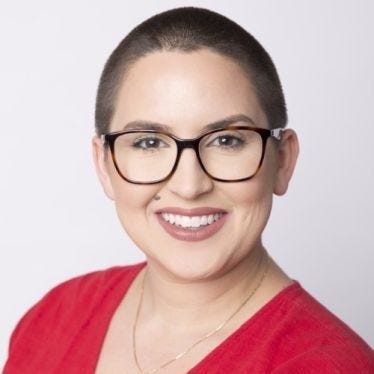Report: 95% of British consumers eat chocolate
Global chocolate consumption patterns have remained steady in recent years, with British consumers being the top chocolate consumers and indulging in chocolate more frequently than Americans and Canadians, according to a new report from Mintel.

At a Glance
- British consumers are the top chocolate consumers globally, with 95% reporting they eat the confectionery.
- More than 80% of Americans report they eat the same amount of chocolate or more than the previous year.
- Global chocolate consumption patterns have remained steady in recent years.
New research from Mintel shows 95% of British consumers eat chocolate, making them the top chocolate consumers across the globe. What’s more, the data show 4 out of 5 British consumers eat chocolate once a week or more.
Mintel projected the UK chocolate market would reach approximately $8.9 billion in 2023, despite a decline of 3% in volume retail sales of chocolate confectionery in 2023. The UK’s tighter restrictions of HFSS products – High in Fat, Sugar or Salt products – has reduced in-store visibility of chocolate and reduced chocolate impulse purchases in supermarkets, the market research firm reported.
Compared to British consumers, 3% fewer Americans purchased chocolate in recent months. Two-thirds of Americans turn to chocolate for indulgence and one-third seek out chocolate to provide a boost of energy, per the research.
Indulgence is also a key driving force behind Americans’ desire for more chocolate. More than 50% of Americans who increased the amount of chocolate they ate in 2022 did so to satisfy their appetites for indulgence. What’s more, about two-thirds of Americans reported they buy chocolate to treat themselves.
Not surprisingly, chocolate is Americans’ favorite candy category, selected by 90% of U.S. consumers.
Overall, Mintel reported the U.S. chocolate market is stable, with more than 80% of Americans reporting they eat the same amount of chocolate or more than the previous year.
In Germany, three-quarters of consumers reported they ate chocolate at least once a week in 2023, and more than 10% eat chocolate once daily or more. Most Germans (more than half) choose chocolate for a boost in mood.
Younger Germans (under 44 years of age) are more likely to reach for single-serve chocolate bars, while older Germans opt for chocolate blocks. Three-quarters of German consumers said they prefer smaller bars so they can try different flavors, indicating younger consumers are more inclined to novel varieties than their older counterparts.
In Canada, 90% of consumers eat chocolate regularly. Yet, Mintel named Canada among the world’s smaller chocolate consumers. While most Canadians look for convenient chocolate options, like chocolate snacks, some Canadians seek out healthy chocolate options.
More than half of Canadians who reported eating less chocolate and candy in 2022 said they were consciously taking steps to reduce their sugar intake. Younger consumers (18 to 24 years of age) are more likely than other age groups to report an increase in chocolate intake, with more than 20% reporting they ate more chocolate in 2022.
Overall, global chocolate consumption patterns in recent years have remained steady in countries where chocolate is consumed daily and in countries where it’s enjoyed occasionally, according to Richard Caines, senior food and drink analyst at Mintel.
“This signals that there is a certain loyalty and consistency in chocolate consumption, and populations are unlikely to drastically change in their chocolate consumption habits,” he said.
About the Author(s)
You May Also Like






